
 Abstract from Some of My Papers (2/6)
Abstract from Some of My Papers (2/6)




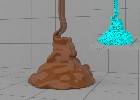
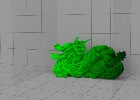
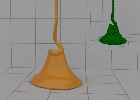
|

|




|
Keywords: Rearrangeable, fabrication, pixel art, refracted light, mixed integer problem

|
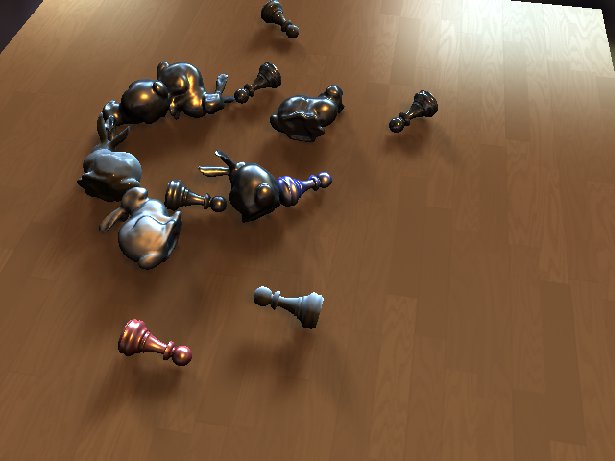
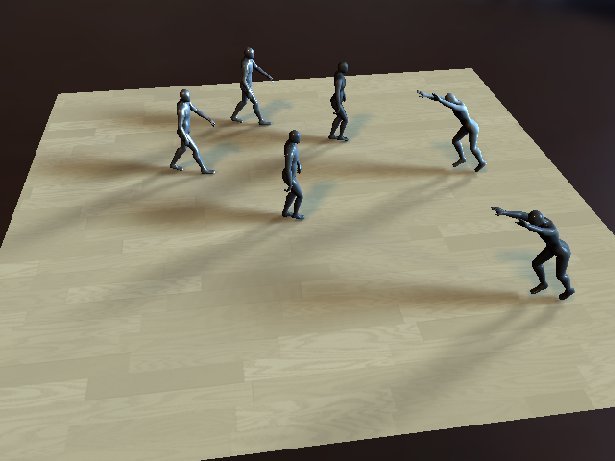
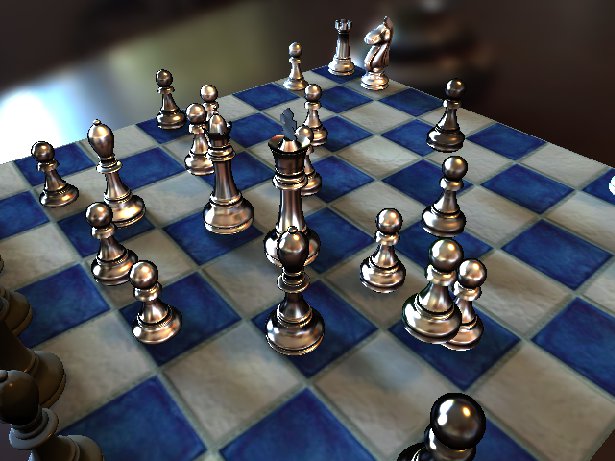
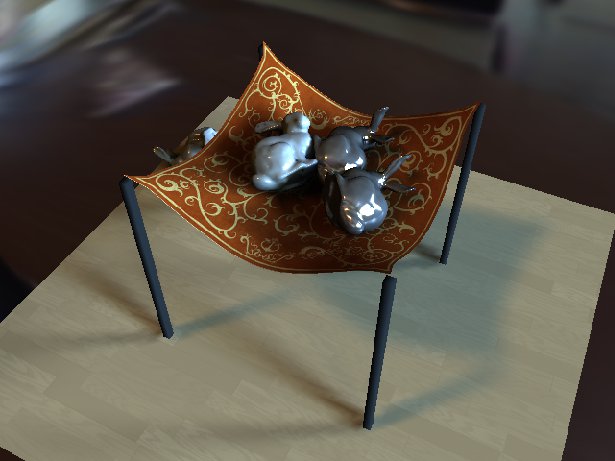
|

|


|
Keywords: hair simulation, shape matching;GPU, individual hair strand
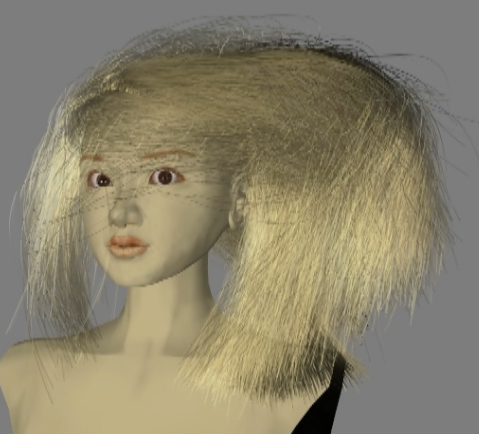
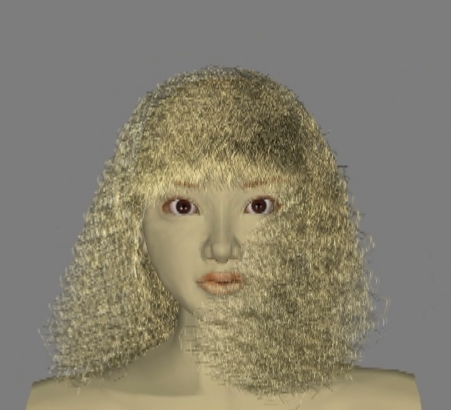
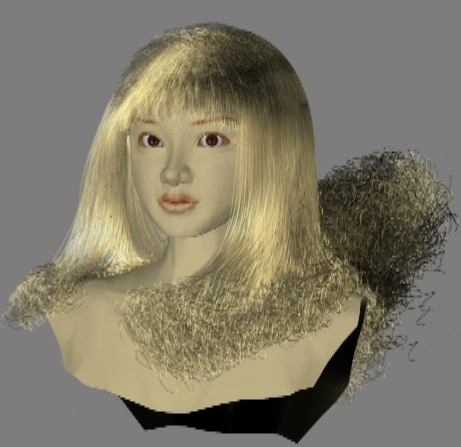

|
Keywords: progressive lenswavefront tracing, conoid tracing;defocus, depth of field

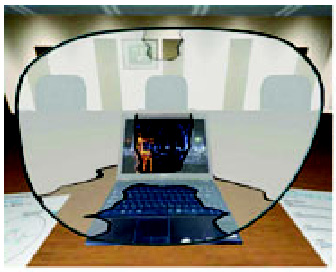
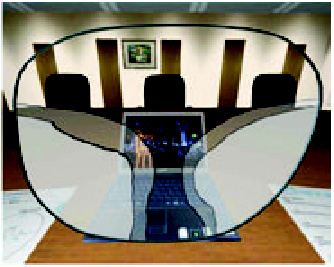
|
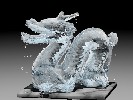
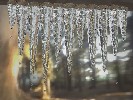
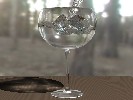
|
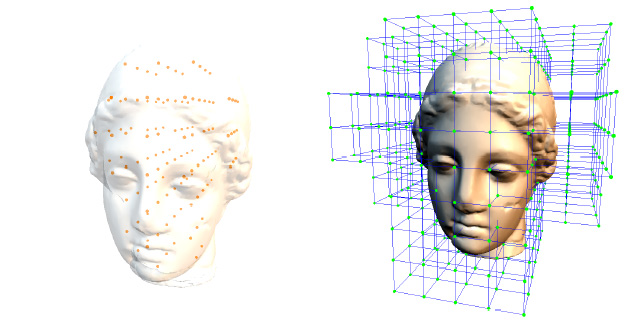
|
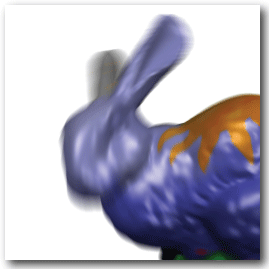
|

|


|
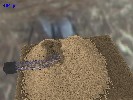
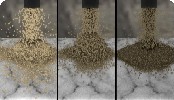
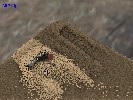
|
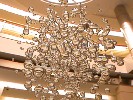
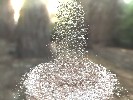

|

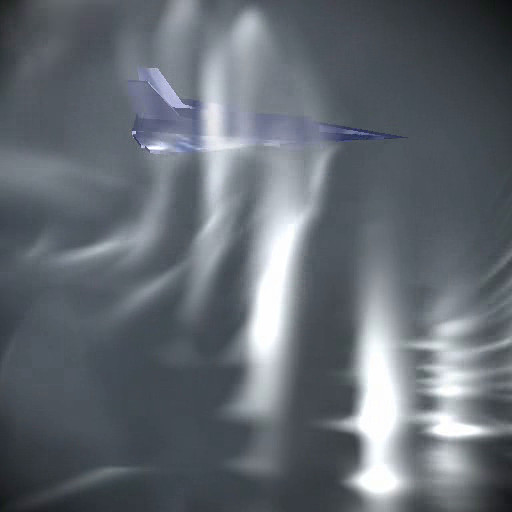

|




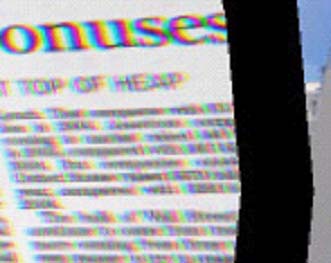
|
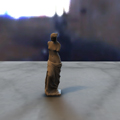
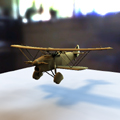

|
 ==>
==>
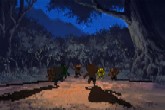
input (hand-drawn) ----> output (3D model) |
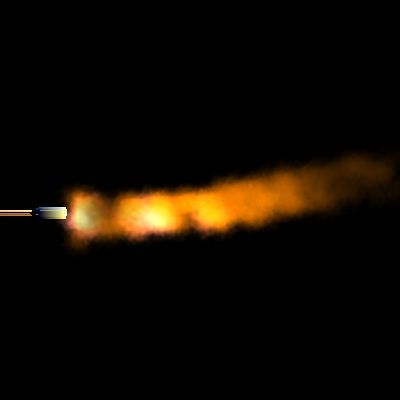


|
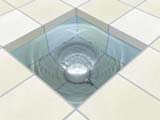
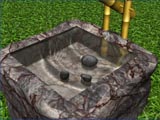
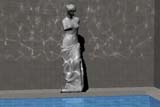
|
|

|
|
|
The display of natural scenes such as mountains, trees, the earth as viewed from space,
the sea, and waves have been attempted. Here a method to realistically display snow is proposed.
In order to achieve this, two important elements have to be considered, namely the shape
and shading model of snow, based on the physical phenomenon. In this paper, a method for
displaying snow fallen onto objects, including curved surfaces and snow scattered by
objects, such as skis, is proposed. Snow should be treated as particles with a density
distribution since it consists of water particles, ice particles, and air molecules.
In order to express the material property of snow, the phase functions of the particles
must be taken into account, and it is well-known that the color of snow is white because
of the multiple scattering of light.
This paper describes a calculation method for light scattering due to snow particles
taking into account both multiple scattering and sky light, and the modeling of snow.
"A Modeling and Rendering Method for Snow by Using Metaballs"
by Tomoyuki Nishita, Iwasaki, Yoshinori Dobashi, and Eihachiro Nakamae
Abstract
Key words
snow, multiple scattering, Mie scattering, metaball, volume rendering
Additional information
 pdf-file(bad quality)
(10.8MB)
pdf-file(bad quality)
(10.8MB)



"Method for Calculation of Sky Light Luminance Aiming at an Interactive
Architectural Design"
by Yoshinori Dobashi, Kazufumi Kaneda, Hideo Yamashita, and Tomoyuki Nishita
Abstract
Recently, computer graphics are frequently used for both architectural design
and visual environmental assessment. Using computer graphics, designers can easily compare the effect of the natural light on their architectural designs under various conditions, such as different times of day, seasons, atmospheric conditions (clear or overcast sky) or building wall materials. In traditional methods of calculating the luminance due to sky light, however, all calculation must be performed from scratch if such conditions undergo change. Therefore, to compare
the architectural designs under different conditions, a great deal of time has
to be spent on generating the images.
This paper proposes a new method of quickly generating images of an outdoor
scee, taking into account glossy specular reflection, even if such conditions change.
In this method, luminance due to sky light is expressed by a series of basi
s functions, and basis luminances corresponding to each basis function are
precalculated and stored in a compressed form in the preprocess.
Once the basis luminances are calculated, the luminance due to sky light can be quickly calculated
by the weighted sum of the basis luminances.
Several examples of an architectural design demonstrate the usefulness of the proposed method.
Key Words:
snow, multiple scattering, Mie scattering, metaball, volume rendering
Additional information
 pdf-file(mono color) (11.5MB)
pdf-file(mono color) (11.5MB)



"A Quick Rendering Method using Basis Functions for Interactive Lighting
Design"
by Yoshinori Dobashi, Kazufumi Kaneda, Takanobu Nakashima, Hideo Yamashita, and
Tomoyuki Nishita
Abstract
When designing interior lighting effects, it is desirable to compare a
variety of lighting designs involving different
lighting devices and directions of light. It is, however, time-consuming
to generate images with many different
lighting parameters, taking interreflection into account, because all
luminances must be calculated and recalculated.
This makes it difficult to design lighting effects interactively. To
address this problem, this paper proposes a method
of quickly generating images of a given scene illustrating an
interreflective environment illuminated by sources with
arbitrary luminous intensity distributions. In the proposed method, the
luminous intensity ditribution is expressed
with basis functions. The proposed method uses a series of spherical
harmonic functions as basis functions, and
calculates in advance each intensity on surfaces lit by the light sources
whose luminous intensity distribution are the
same as the spherical harmonic functions. The proposed method makes it
possible to generate images so quickly that
we can change the luminous intensity distribution interactively.
Combining the proposed method with an interactive walk-through that employs
intensity mapping, an interactive
system for lighting design is implemented. The usefulness of the proposed
method is demonstrated by its application
to interactive lighting design, where many images are generated by altering
lighting devices and/or direction of light.
Key Words:
Additional information
 pdf-file(mono color) (13.5MB)
pdf-file(mono color) (13.5MB)
"A Method for Displaying Metaballs by using Bezier Clipping"
by Tomoyuki Nishita, and Eihachiro Nakamae
Abstract
For rendering curved surfaces, one of the most popular techniques is
metaballs, an implicit model based on isosurfaces of potential
fields.
This technique is suitable for deformable objects and CSG model.
For rendering metaballs, intersection tests between rays and
isosurfaces are required.
By defining the higher degree of functions for the field functions,
richer capability can be expected, i.e., the smoother surfaces.
However, one of the problems is that the intersection between the ray
and isosurfaces can not be solved
analytically for such a high degree function.
Even though the field function is expressed by degree six polynomial
in this paper (that means the degree six equation should be solved for
the intersection test),
in our algorithm, expressing the field function on the ray by
Bezier functions and employing Bezier Clipping, the
root of this function can be solved very effectively and precisely.
This paper also discusses a deformed distribution function such as
ellipsoids and a method displaying transparent objects such as
clouds.
Key Words:
Metaballs, Blobs, Soft objects, Density function, Ray tracing,
Bezier Clipping, Deformable objects, Geometric Modeling, Photo-realism
Additional information
 pdf-file(bad quality)
(10.6MB)
pdf-file(bad quality)
(10.6MB)



"Skylight for Interior Design,"
by Yoshinori Dobashi, Kazufumi Kaneda, Eihachiro Nakashima, Hideo Yamashita,
Tomoyuki Nishita, and K.Tadamura,
Abstract
It is inevitable for indoor lighting design to render a room lit by
natural light,
especially for an atelier or an indoor pool where there are many
windows. This paper
proposes a method for calculating the illuminance due to natural light,
i.e. direct sunlight
and skylight, passing through transparent planes such as window glass.
The proposed method
makes it possible to efficiently calculate such illuminance accurately,
because it takes
into account both non-uniform luminous intensity distribution of
skylight and the
distribution of transparency of glass according to incident angles of
light. Several
examples including the lighting design in an indoor pool, are shown to
demonstrate the usefulness of proposed method.
Additional information
 pdf-file(mono color) (11.9MB)
pdf-file(mono color) (11.9MB)
"A New Radiosity Approach Using Area Sampling for Parametric Patches"
by Tomoyuki Nishita, Eihachiro Nakamae
Abstract
A high precision illumination model is indispensable for lighting
simulation and realistic image synthesis.
For the purpose of improving realism, research on global illumination
has been done, and several papers on radiosity methods have been presented.
In the most recently proposed methods, the shapes of light sources
and objects are restricted to polygons or simple curved surfaces.
We present a more general method which can handle the kind of
free-form surfaces widely used in industrial products and in architecture.
The method proposed here solves the problem of the interreflection of
light (i.e., radiosities) between patches, and
form-factors, which play an important role in this process,
are precisely calculated without aliasing through the use of an
area sampling method (i.e., pyramid tracing).
Furthermore the method can handle both non-uniform intensity curved
sources and non-diffuse surfaces.
Key Words:
Radiosity, Interreflection of light, Form-factor,
Bezier Surfaces, Scan line algorithm, Shadows, Penumbra
Additional information
 pdf-file(bad quality)
(16MB)
pdf-file(bad quality)
(16MB)
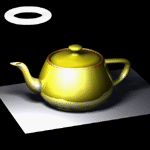
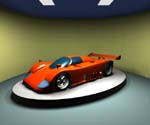
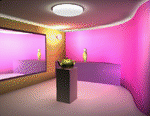
"Modeling of Skylight and Rendering of outdoor Scenes,"
by K.Tadamura, E.Nakamae, K.Kaneda, M.Baba, H.Yamashita, T.Nishita,
Abstract
Photorealistic animated images are extremely effective for
pre-evaluating visual impact of
city renewal and construction of tall buildings. In order to generate a
photorealistic
image not only the direct sunlight but also skylight must be considered.
This paper proposes a method of high-fidelity image generation for
photorealistic
outdoor scenes based on the following ideas:
(1) The intensity distribution of skylight taking account of scattering
and absorption
due to particles in the atmosphere which coincides with CIE standard
skylight luminance
functions is sought, and realistic images considering about spectrum
distribution of
skylight for any altitude of the sun can be easily and accurately
displayed.
(2) A rectangular parallelepiped with a specialized distribution of
intensity simulating
the skylight is introduced for efficient calculation of illumination due
to skylight,
and by employing a graphics hardware calculation of the skylight
illuminance taking into
account shadow effects is obtained with high efficiency; these
techniques can be used to
generate sequences of images, making animations possible at far lower
calculation cost
than previous methods.
Additional information
 pdf-file(bad quality) (16MB)
pdf-file(bad quality) (16MB)
"Computer Graphics for Visualizing Simulation Results,"
by Eihachiro Nakamae, Hideo Yamashita, K. Harada, and Tomoyuki Nishita,
Abstract
Computer graphics techniques for visualizing the following simulation
results are
developed:
(1) lighting designs for different type sources such as point
sources, linear
sources, area sources, and polyhedron sources,
(2) shaded time at arbitrary positions
such as windows, walls, and even the inside of a room,
(3) montages for view environment evaluation,
(4) quasi-semi-transparent models for observing life
generation process in anatomy, and
(5) two and three dimensional magnetic fields analyzed by
the finite element method.
Additional information
 pdf-file(mono color) (16.4MB)
pdf-file(mono color) (16.4MB)

Last update: 10 Sept. 2003